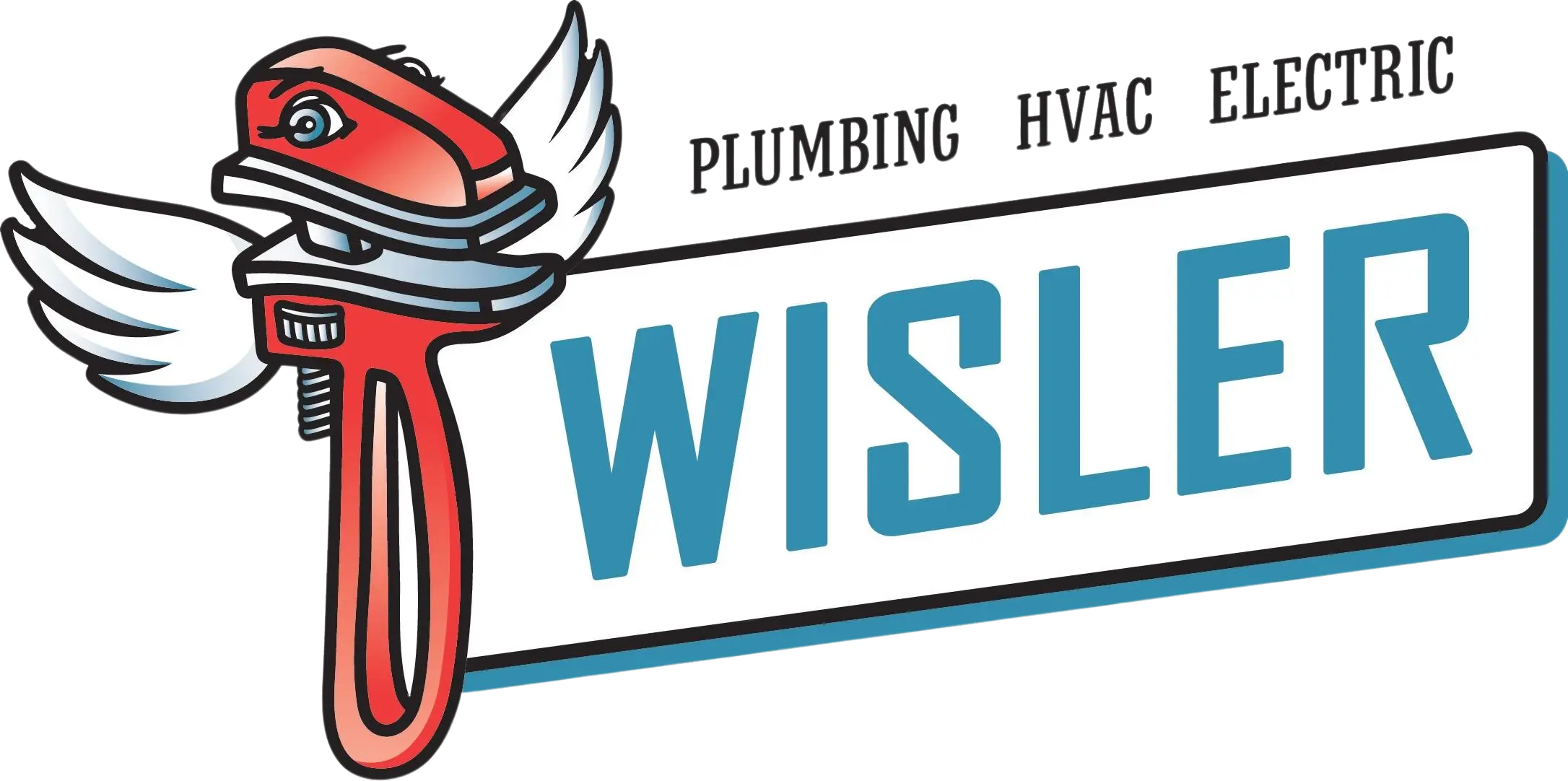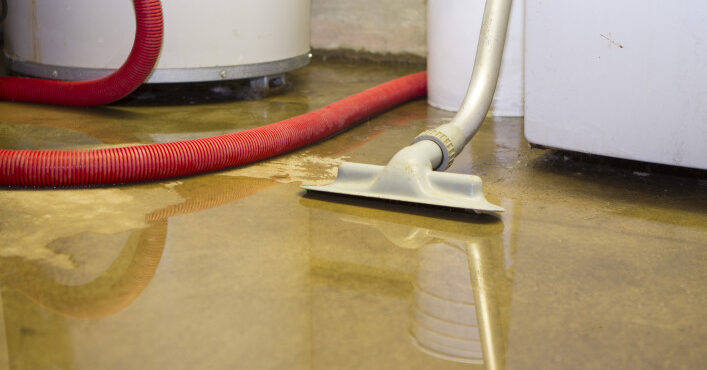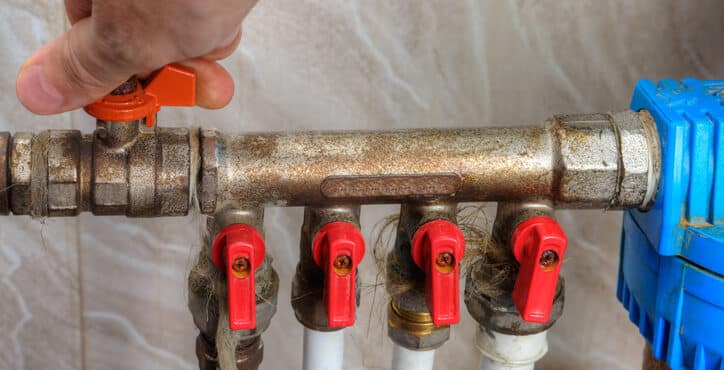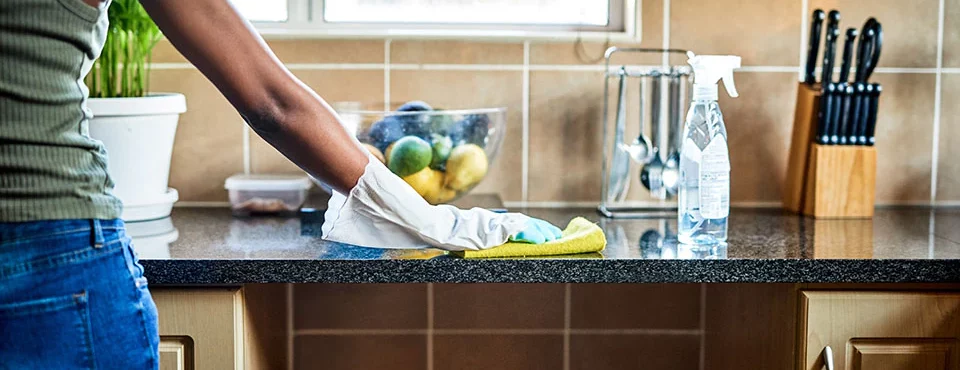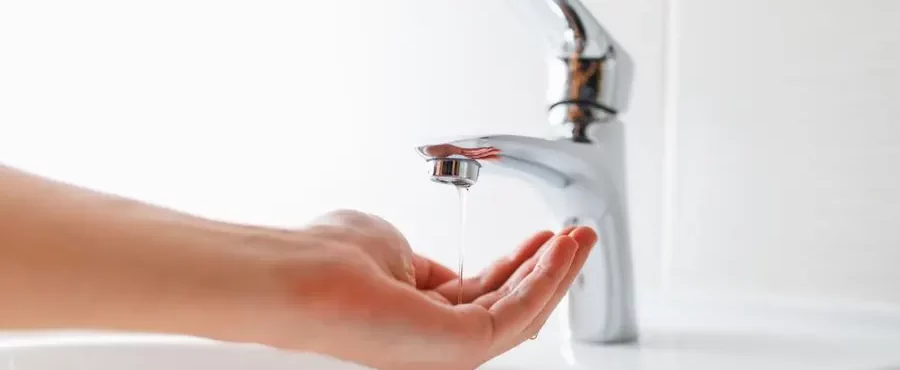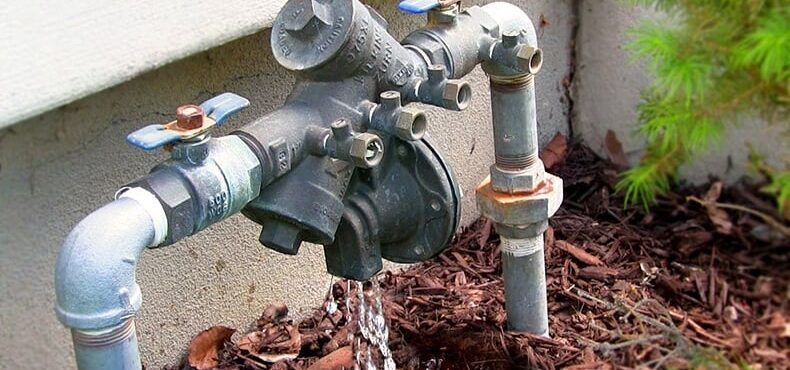Types of Home Faucets and How to Repair Them It is not uncommon to find different faucet models with different operating systems, even within the same household. In general, the functionality of the faucet does not pose a pressing problem as long as it serves its main purpose. However, if your faucet starts dripping, leaking, […]
